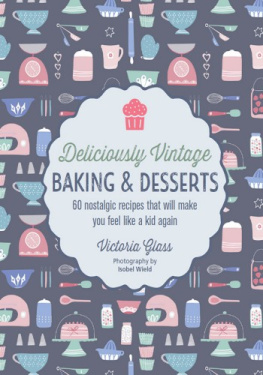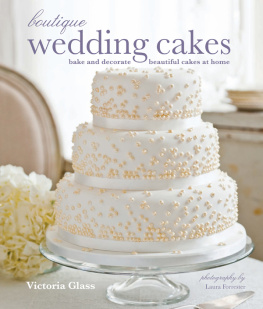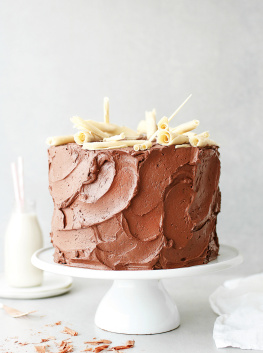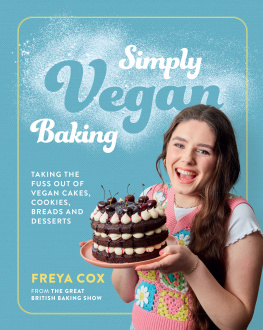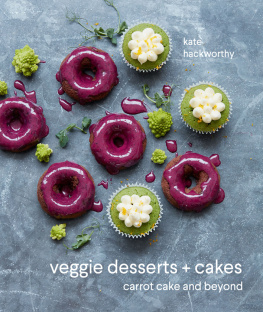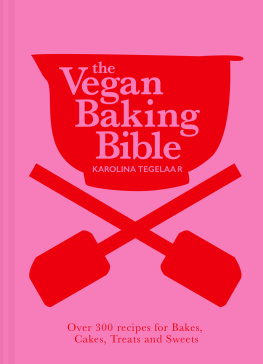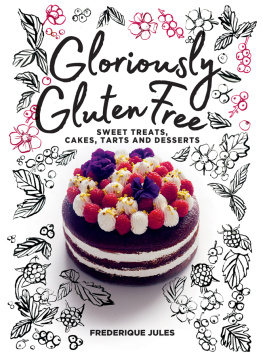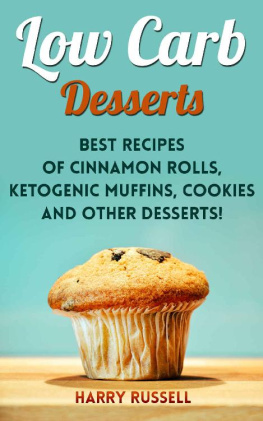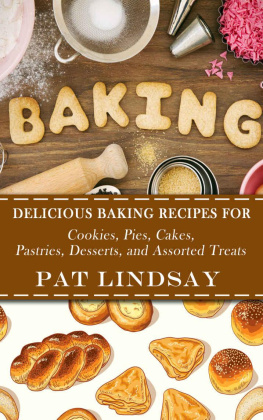Deliciously Vintage
baking & desserts
Deliciously Vintage
baking & desserts
60 nostalgic recipes that will make you feel like a kid again
Photography by
Isobel Wield
Victoria Glass

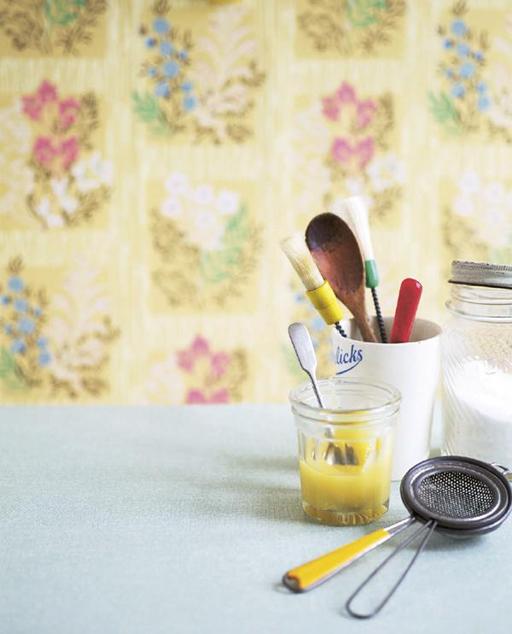
Senior Designer Megan Smith
Designer Maria Lee-Warren
Commissioning Editor Stephanie Milner
Head of Production Patricia Harrington
Art Director Leslie Harrington
Editorial Director Julia Charles
Food Stylist Bridget Sargeson
Assistant Food Stylist Laura Urschel
Prop Stylist Tony Hutchinson
Indexer Hilary Bird
First published as Deliciously Vintage in 2014
This revised edition published in 2023 by
Ryland Peters & Small
2021 Jockeys Fields, London
WC1R 4BW
and
341 E 116th St
New York NY 10029
www.rylandpeters.com
10 9 8 7 6 5 4 3 2 1
Text Victoria Glass 2014/2023
Design and photographs Ryland Peters & Small 2014/2023
Printed in China.
The authors moral rights have been asserted. All rights reserved. No part of this publication may be reproduced, stored in a retrieval system or transmitted in any form or by any means, electronic, mechanical, photocopying or otherwise, without the prior permission of the publisher.
ISBN: 978-1-78879-502-9
E-ISBN: 978-1-78879-531-9
A CIP record for this book is available from the British Library. US Library of Congress cataloging-in-Publication Data has been applied for.
Notes
When a recipe calls for clingfilm/plastic wrap, you can substitute for beeswax wraps, silicone stretch lids or compostable baking paper for greater sustainability.
All spoon measurements are level unless otherwise specified.
All eggs are medium (UK) or large (US), unless specified as large, in which case US extra-large should be used. Uncooked or partially cooked eggs should not be served to the very old, frail, young children, pregnant women or those with compromised immune systems.
When a recipe calls for the grated zest of citrus fruit, buy unwaxed fruit and wash well before using. If you can only find treated fruit, scrub well in warm soapy water before using.
When a recipe calls for full-fat cream cheese, it should be white, creamy smooth and have at least 24 per cent fat content, such as Kraft Philadelphia.
Ovens should be preheated to the specified temperatures. If using a fan-assisted oven, adjust temperatures according to the manufacturers instructions.
To sterilize preserving jars, wash them in hot, soapy water and rinse in boiling water. Place in a large saucepan and cover with hot water. With the saucepan lid on, bring the water to a boil and continue boiling for 15 minutes. Turn off the heat and leave the jars in the hot water until just before they are to be filled. Invert the jars onto a clean dish towel to dry. Sterilize the lids for 5 minutes, by boiling or according to the manufacturers instructions. Jars should be filled and sealed while they are still hot.
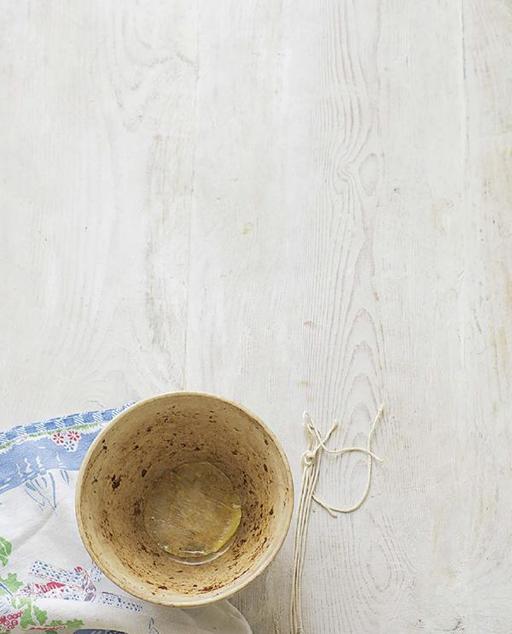
Contents
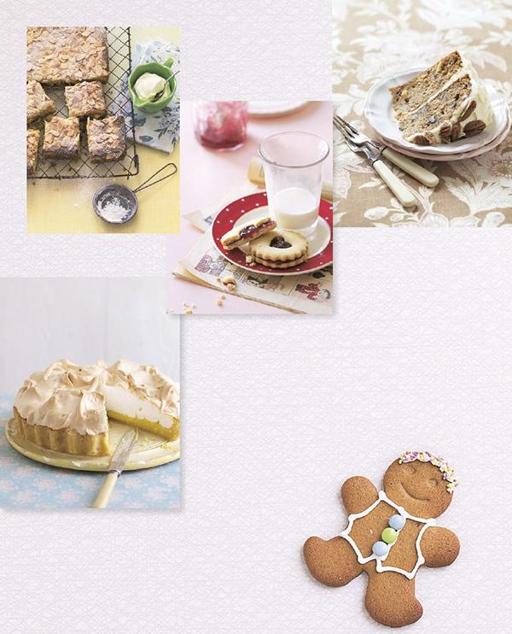
Introduction
There is nothing quite so evocative of childhood and happiness as the welcoming smell of freshly made cakes, buns and biscuits. Baking nurtures the senses, enveloping us in its intoxicating aroma like a soft blanket on a cold day.
At the beginning of Marcel Prousts classic novel, In Search of Lost Time , the narrator is whisked off into his memories by the bite of a simple madeleine, dunked in a cup of hot tea. It is no coincidence that Proust chose a dainty little cake as the catalyst for this poetic reminiscence, rather than have the narrator tuck into a bowl of tripe and onions.
Home baking is about warmth and generosity of spirit. We bake for those we love to show support in times of need, to celebrate in times of success and to watch childrens faces light up at the sight of delicate wings on butterfly cakes and oozing jam peeking from the cut-out hearts of jammie dodgers.
The first bake I learned to make was at my mothers knee and it was, along with most British children, I suspect, a Victoria sponge. The smell of vanilla cake filling the kitchen still brings back strong memories of my childhood home, standing on a chair so I could peer into the oven door, while repeating with eager frequency, Is it nearly ready yet? and What about now?
There are so many different bakes that are redolent of particular times in my life. Black Forest gteau brings me back to afternoons watching the Saturday matinee on television when it was raining. Bakewell tart reminds me of winter, because my grandmother fed me a slice when I was sent home from school early because of the snow. Crumbles kindle memories of my sisters and I foraging for blackberries and using the hooked arms of umbrellas to draw forward the ripest fruits at the top of the bramble bushes. Almost every cake, biscuit, cookie and pudding comes with a connection to happy times past, from learning to bake to the thrill of the anticipation in waiting for them to come out of the oven and, finally, to the pleasure in eating and sharing them. Bakings link with nostalgia, compassion and hospitality will always ensure its appeal endures.
I felt it would be useful to offer a few notes to my American readers on the eccentricities of the British baking vocabulary: biscuit is generally synonymous in the UK with the cookie, although cookies are often softer in texture than traditional British biscuits. Scones in British English share similarities with American biscuits, but are usually sweet and served with cream and jam, never gravy. We also, and perhaps most confusingly, tend to use the words pudding and dessert interchangeably, whether we are eating something that has pudding in its title (such as the Sticky Toffee Pudding on ) or not.
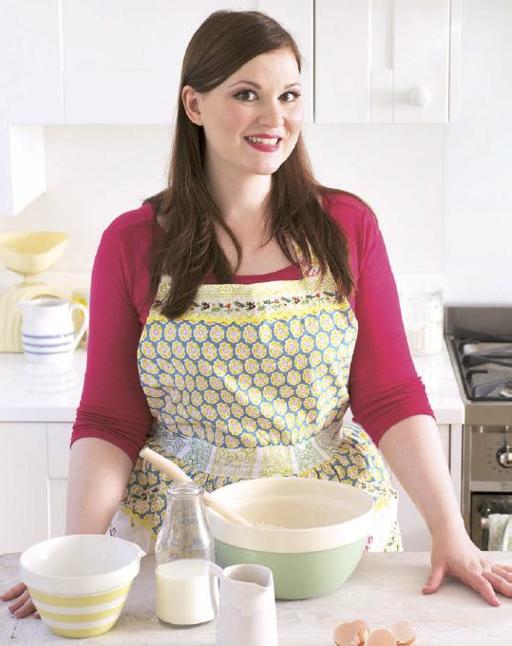
Many recipes in this collection of vintage bakes will already be familiar to you and perhaps already be a part of your baking repertoire, but I hope to inspire you to discover more favourite bakes and create new memories along the way.

Baking Basics
There are techniques that crop up again and again in baking and once youve mastered the basics you can make any cake, bake, slice, pudding or tart. Some recipes call for ingredients that are readily available to buy but if you want to go all-out, here are the recipes you need to make your own.
Techniques
Kneading
To knead means to stretch and move dough with your hands. The reason this is important is so the gluten in the flour develops to create elasticity and a good-textured bake. In most recipes you will need to knead for at least 5 minutes, but more likely 10, by hand. Alternatively, you can use a freestanding mixer with a dough hook attachment.
Proving
Proving (sometimes known as proofing) happens during the resting time after the dough has been kneaded when the yeast feeds on the dough causing it to rise. Most yeast doughs require two proving/rising times.
Next page
